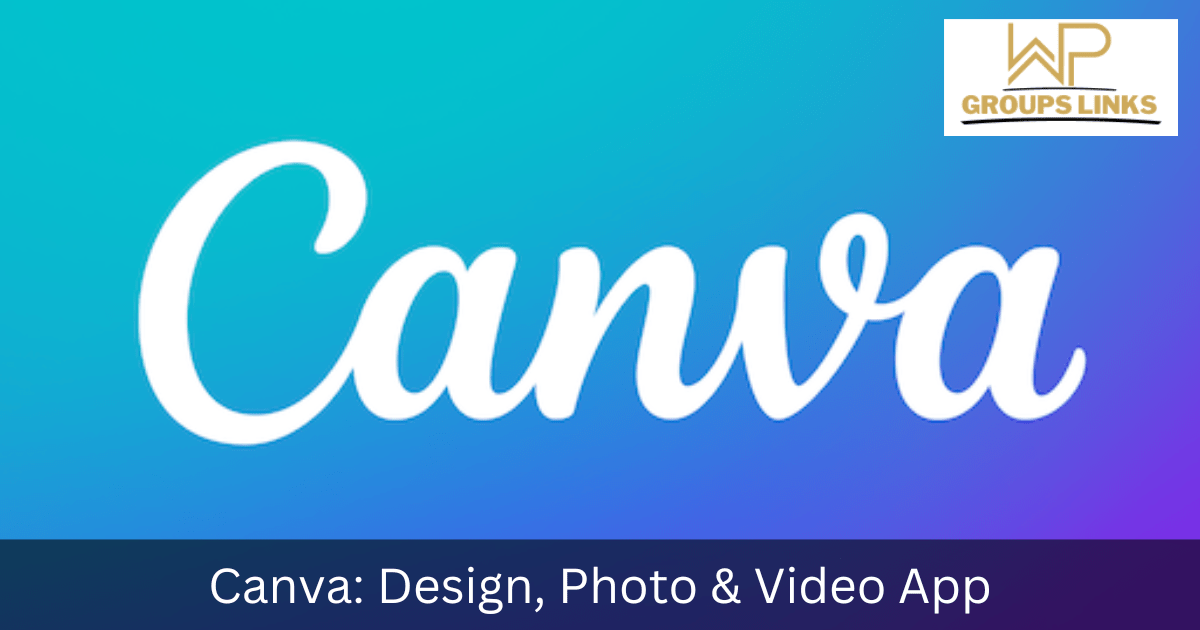An app shop for Android smartphones, the Google Play shop offers a huge range of programmers, games, and other digital material for download. The Play Store, which was introduced in 2008, has emerged as the main marketplace for Android users worldwide. In this post, we will examine the background of the Play Store, its functions and features, and the advantages it offers to both consumers and developers.
History of the Play Store
In October 2008, the Android Market—which exclusively offered free applications for download—was renamed to the Play Store. Paid apps, which let developers to commercialize their work, were released in February 2009. As the Android Market grew, it was renamed the Google Play Store in 2011 to better represent Google’s wider selection of digital content, which now includes music, books, and movies.
Since then, with more than 2.5 million apps accessible for download, the Play Store has emerged as the primary provider of Android software. The Play Store provides a wide range of additional services in addition to its enormous selection of apps, including in-app purchases, subscriptions, and a developer interface for managing and distributing programmers.
Features and Capabilities
The Play Store is a complete app store since it provides a variety of features and capabilities for both consumers and developers.
Discovering the appropriate app might be difficult with the millions of options available. There are several methods to find apps on the Play Store, including search, categories, editor’s picks, and personalized suggestions based on past usage.
Security: The Play Store provides many levels of protection against harmful applications. Before they can be downloaded, all apps are checked for viruses and other security risks. The Play Protect function further regularly monitors installed applications to find any unusual activity.
In-App Purchases: App developers can provide in-app purchases so that users can pay for more features, content, or virtual products inside the app. Using this function, app creators may earn money from their apps in addition to the initial purchase price.
Subscription-based models are also available on The Play Store, enabling developers to charge customers a reoccurring price for access to premium materials or services.
Developer Console: To manage and distribute their programmed, developers may utilize the Play Console. In order to improve their apps and better understand user behavior, developers may use the interface, which offers analytics, crash reports, and revenue data.
Benefits for Users
The Play Store is the go-to place to find Android apps since it offers customers a number of advantages.
Wide Range of applications: Users get access to a huge range of applications across many different categories, including productivity, gaming, entertainment, and more, thanks to the availability of over 2.5 million apps.
Convenience: The Play Store comes pre-installed on the majority of Android devices, giving customers quick access to apps without having to do an online search or manually install them.
Security: To provide a safe and secure experience, the Play Store’s security safeguards shield consumers from harmful apps.
Before they are made available for download, all applications on the Play Store are reviewed and tested to make sure they adhere to a set of quality criteria.
User Reviews and Ratings: User reviews and ratings give developers useful input that they may utilize to make improvements to their apps.



